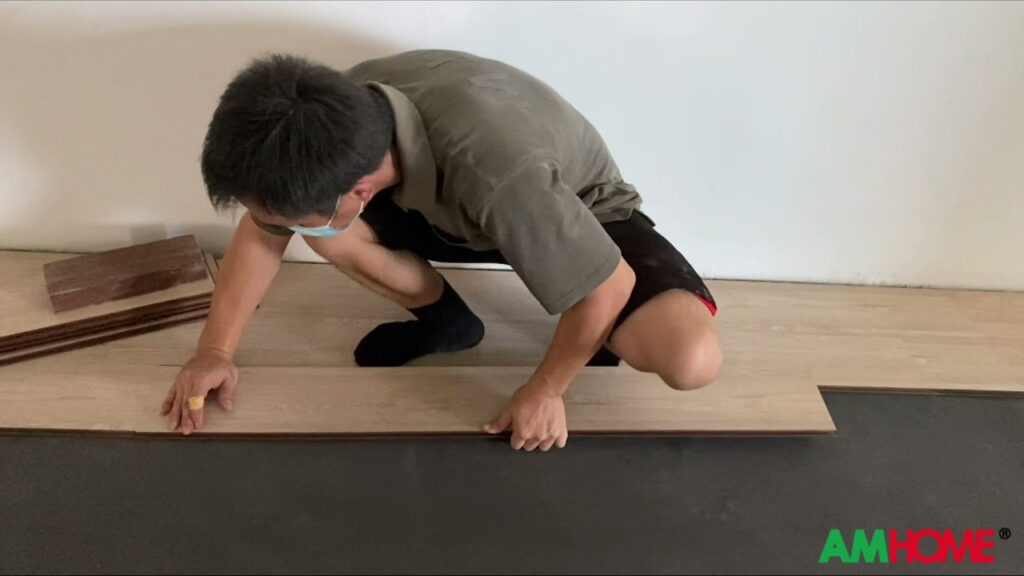What is Carpet Density?
Understanding the Importance of Carpet Density
Carpet density refers to the amount of pile yarn in the carpet and the closeness of the tufts. It is a crucial factor to consider when selecting a carpet as it directly impacts the carpet’s durability, comfort, and overall performance. In simpler terms, the denser the carpet, the better it will stand up to foot traffic and wear over time.
Measurement of Carpet Density
Carpet density is typically measured in ounces per square yard. The higher the density, the better the carpet quality and longevity. A high-density carpet will have more fibers and a tighter construction, providing a luxurious feel and superior resilience.
Benefits of High Carpet Density
High-density carpets offer several benefits, including enhanced comfort underfoot, better insulation and sound absorption, and improved resistance to stains and soil. Additionally, they are less likely to show vacuum marks and footprints, making them an ideal choice for high-traffic areas in residential and commercial spaces.
Choosing the Right Carpet Density
When selecting a carpet, it’s essential to consider the specific requirements of the space where it will be installed. For areas with heavy foot traffic, such as hallways and living rooms, a high-density carpet is recommended to ensure long-lasting performance. On the other hand, low-traffic areas may be suitable for carpets with lower density, depending on the desired look and feel.
Why Calculate Carpet Density?
Carpet density is a crucial factor to consider when choosing the right carpet for your home or commercial space. It refers to the amount of pile yarn in the carpet and how close together the fibers are tufted. Calculating carpet density is important because it directly affects the carpet’s durability, comfort, and overall performance.
One of the main reasons to calculate carpet density is to determine how well the carpet will withstand foot traffic and daily wear and tear. A denser carpet with more fibers per square inch will generally be more durable and better able to maintain its appearance over time. Higher density also means better support for the carpet’s pile, resulting in a more comfortable and luxurious feel underfoot.
In addition, understanding carpet density can help you make an informed decision based on your specific needs and preferences. For example, a high-density carpet may be ideal for high-traffic areas such as hallways or living rooms, while a lower-density carpet might be suitable for a bedroom or low-traffic area. By calculating carpet density, you can ensure that your carpet choice aligns with your expectations for performance and comfort.
In conclusion, calculating carpet density provides valuable insights into the quality and suitability of a carpet for different spaces. Whether you prioritize durability, comfort, or overall performance, understanding carpet density can guide you in making an informed decision when selecting the perfect carpet for your home or business.
Formula for Calculating Carpet Density
Carpet density is an important factor to consider when choosing the right carpet for your space. It refers to the amount of pile fiber in the carpet and how close together the fibers are tufted. The density of a carpet is calculated using a simple formula: D = W ÷ L, where D is the density, W is the weight of the carpet, and L is the length of the carpet. This formula helps determine how well the carpet will wear over time and how it will feel underfoot.
To calculate the weight of the carpet, simply measure a small square foot of the carpet and weigh it. Then, divide the weight by the length of the carpet to find the density. For example, if the carpet weighs 60 ounces and the length is 5 feet, the density would be 12 ounces per square foot. The higher the density, the more durable and resilient the carpet will be, making it a good choice for high-traffic areas.
When comparing carpet options, keep in mind that higher density carpets may come with a higher price tag, but they often offer better performance and longevity. It’s also important to consider the type of fiber used in the carpet, as this can affect the overall density and feel. Understanding the formula for calculating carpet density can help you make an informed decision when selecting the best carpet for your space.
Key takeaway: Calculating carpet density is a simple process that can provide valuable insights into the durability and performance of a carpet. By using the D = W ÷ L formula, you can make more informed decisions when choosing the right carpet for your home or commercial space.
Step-by-Step Guide
When it comes to tackling a new project or learning a new skill, having a step-by-step guide can be incredibly helpful. Whether you’re a beginner or an experienced enthusiast, breaking down a process into manageable steps can make the task less daunting and more achievable. In this comprehensive guide, we will explore a detailed step-by-step approach to help you navigate through various tasks with ease.
Understanding the Task
The first step in any project is to gain a thorough understanding of the task at hand. This includes defining the goals, requirements, and any constraints that may impact the process. By carefully analyzing the task, you can develop a clear roadmap for the subsequent steps and ensure that no important details are overlooked.
Creating a Plan
Once you have a solid grasp of the task, the next step is to create a detailed plan. This involves breaking down the overall process into smaller, manageable steps. It’s important to prioritize these steps and establish a timeline for completion. By outlining a clear plan, you can effectively organize your efforts and maintain a sense of direction throughout the task.
Implementation and Iteration
With a well-defined plan in place, the next step is to execute the tasks outlined in the plan. As you progress through each step, it’s crucial to monitor your progress and make adjustments as necessary. Iteration plays a key role in refining the process and addressing any unforeseen challenges that may arise. By continuously evaluating and adapting your approach, you can enhance the overall efficiency and effectiveness of the task.
Final Thoughts
In conclusion, it’s essential for website owners and webmasters to prioritize the optimization of their websites for search engines. By implementing strong SEO strategies, they can improve their online visibility, attract more organic traffic, and ultimately boost their business success. Remember to stay updated on the latest SEO trends and best practices to ensure that your website continues to rank well in search engine results.
Overall, the key to effective SEO lies in providing valuable and relevant content to your target audience. By creating high-quality, optimized content and understanding the importance of keywords, meta tags, and other SEO elements, you can establish a strong online presence and drive meaningful traffic to your website. It’s important to continually assess and refine your SEO efforts to stay ahead in the competitive digital landscape.
In the ever-evolving world of SEO, staying informed and adapting to changes is crucial. Whether it’s optimizing for mobile search, focusing on local SEO, or understanding the impact of voice search, being proactive and agile in your approach to SEO can make all the difference in your website’s performance. Keep learning and experimenting with different strategies to enhance your SEO and achieve better results for your website.
It’s worth emphasizing that SEO is a long-term investment that requires dedication and patience. While results may not be immediate, a well-executed SEO strategy can deliver significant benefits over time. With a commitment to staying informed and implementing best practices, you can position your website for sustained success in the dynamic digital ecosystem.


